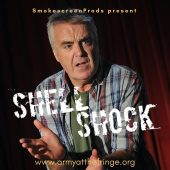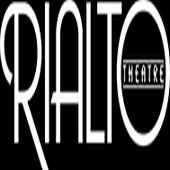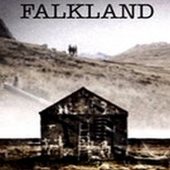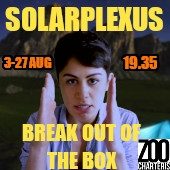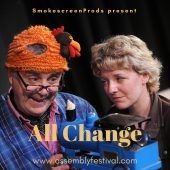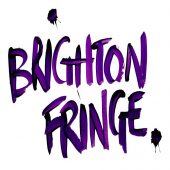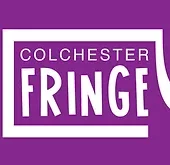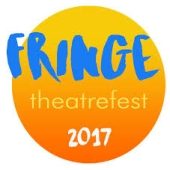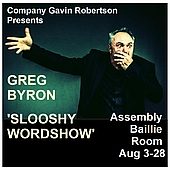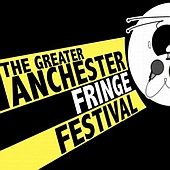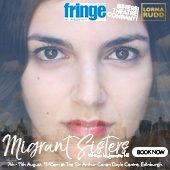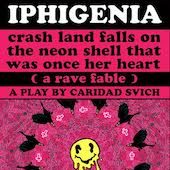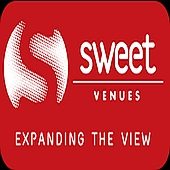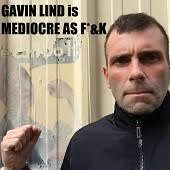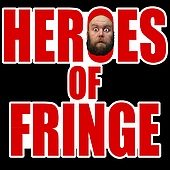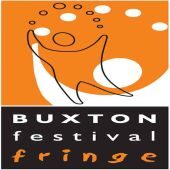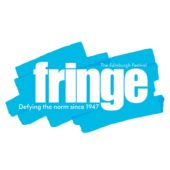Edinburgh Fringe 2025
Akropolis I
Kennedy Junior Muntanga

Genre: Dance, Movement, Solo Performance
Venue: Assembly @ Dance Base
Festival: Edinburgh Fringe
Low Down
Kennedy Junior Muntanga premieres this solo contemporary dance and storytelling that dives deep into fractured identities, power and survival through the lens of the African diaspora. Akropolis I introduces four bold characters – The Hare, The Lion, Eva, and The Commander – each embodying a different legacy of migration, memory and resistance. Charged, physical and cinematic, this is the first chapter of an ambitious trilogy exploring the realities of diasporic life across generations. Muntanga invites you to witness, question and feel.
Review
‘Just dance’ Kennedy Junior Muntanga repeats at several points during this powerful, unsettling, and expressive performance of Akropolis I. He says it while portraying a hesitance to dance at all – frequently he uses stillness, posture, and the act of stopping, of not dancing, to tell his story. Sometimes dance pulls his talent out of him – he can cover the length of the floor in three bounding paces, he bounces into break-dancing, stands on his hand, his feet stamp rhythmically, his arms make beautiful flowing shapes. He will move with a liquid ease when he allows it. He will also stand centre stage and talk in short declarative sentences instead – to be heard is so important and he forces the words out, blocks them until they overwhelm his body.
He tells us what it’s about – ambition, purpose, composure, frustration, prosperity, family – repeating phrases like mantras or internal monologues. With movement, he shows us the difficulty of gathering fractured stories, shifting through layers and generations, and finding words. He often uses repetition – the same words, the same corner of the stage or position, the same tongue sticking out – to convey memory, patterns of experience, and that difficulty of really expressing, really getting to the root. An intricate and well-judged soundtrack in some moments overwhelms with dogs barking and bars clanging but just as often there is quiet, and in one moment Muntanga appears to conduct. Like his dance, the sounds come and go, they vary and repeat.
It is not always easy to watch. Muntanga has stunning access to raw feeling, it is always captivating and sometimes stressful. He creates the space for visceral actions around suffering and anguish and the audience feels it too. This work allows in deep feeling and direct depictions of discomfort. Using restraint in his dance elements as a means to get there is impressive and fascinating. When softness creeps in I feel relief – I want more dance and more ease for him and his characters, I wish their stories had facilitated it. There is the closest of attention to every movement, often just throwing everything off a little from what we would expect. Particularly effective is dancing on the edges of his feet, drawing extra attention to every motion in the rest of his body on account of its less secure base.
It’s a dance for exploring the edges, what is fragile, and what you might find in your core when you look – want, fear, pain, the necessity of survival, a little humour. He may be restraining himself and frustrating our expectations of flow but by the end he has covered every part of the stage – interrogated the form at every angle. This is part one of three. When the lights go down, finally, he is still dancing.


